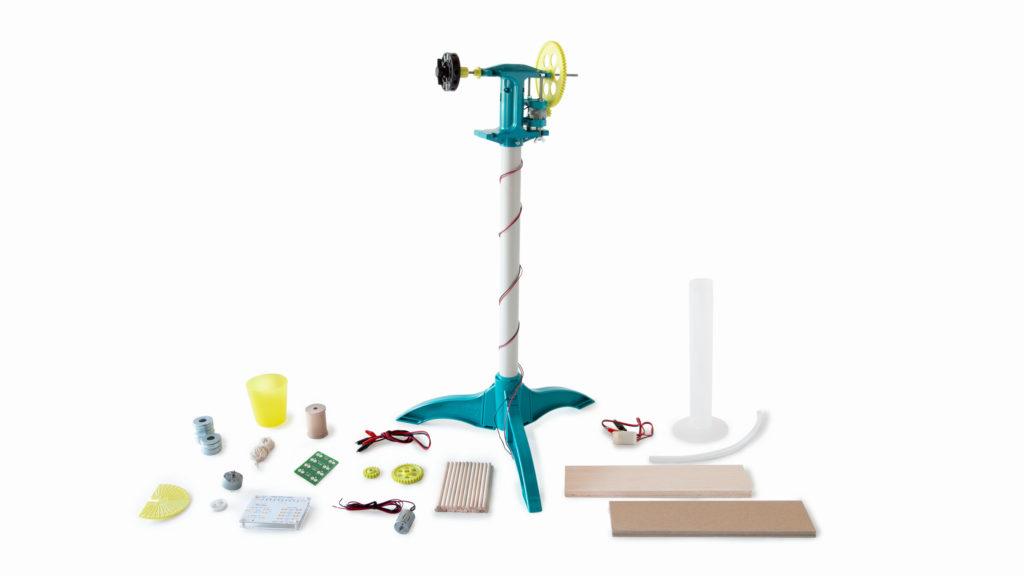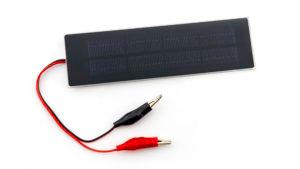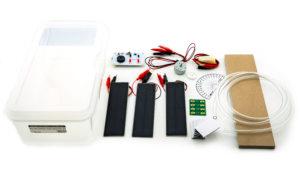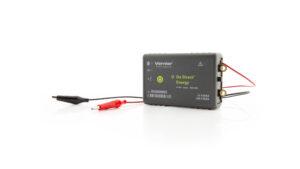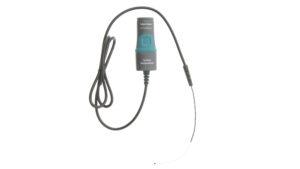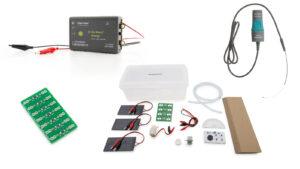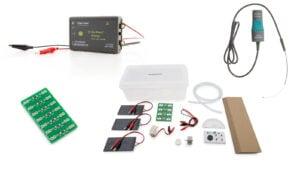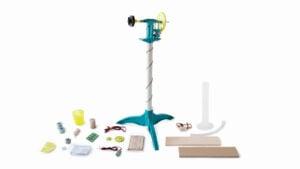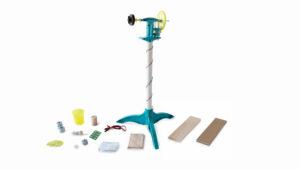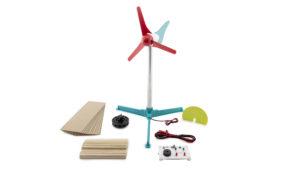Inspire the Scientists of Tomorrow with Renewable Energy Investigations
Wind Energy
With Vernier technology, students can explore factors that affect wind energy production, apply engineering principles to improve energy output and efficiency, and foster a deeper understanding of how energy transformations work.
Ready to get started with Go Direct?
Learn how to easily integrate Go Direct sensors into your classroom or lab.
Solar Energy
Wind Turbines
-
KidWind Advanced Wind Experiment Kit
Starts at $174.00 -
KidWind Basic Wind Experiment Kit
Starts at $134.00 -
KidWind MINI Wind Turbine with Blade Design
Starts at $54.00
KidWind Challenges
Challenge students to construct wind and solar devices and to compete with peers in a supportive environment. KidWind sponsors challenges nationwide and online.
A portion of all sales of KidWind products supports the KidWind Challenges held throughout the United States.
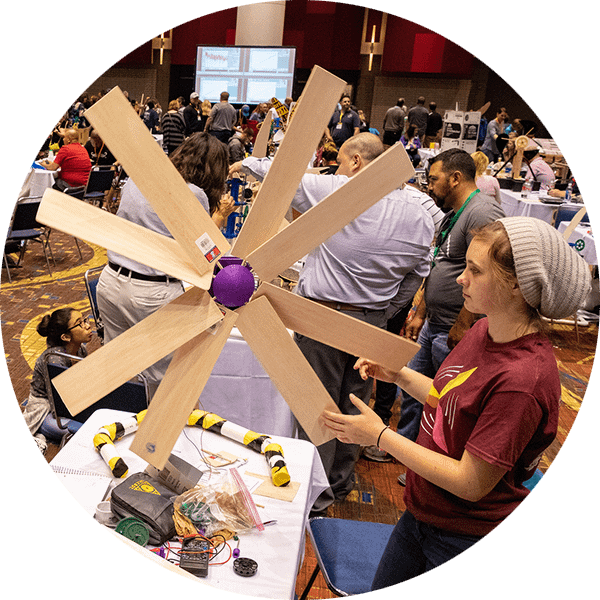
Software for Renewable Energy
Collect, Graph, and Analyze Data in Real Time
Help students form critical connections between abstract scientific ideas and the real world. With the Vernier Graphical Analysis® app, students can visualize and interact with experiment data collected via nearly any Vernier sensor.
Renewable Energy Product Categories
Renewable Energy Resources
Looking for more
environmental science solutions?
We’ve got you covered. Explore offerings for different topics, check out featured products and software for environmental science, and more.
We are scientists, educators, and your team.
As you implement data-collection technology into your teaching, we’re here to support you! Looking to learn more about our products or have questions about ordering? Reach out to our team at kidwind@vernier.com.
Are you a district or school administrator?
If you are considering an adoption or seeking training options, we are here to support you every step of the way. Contact our Science Technology Solutions Advisor, Candace Davis, at cdavis@vernier.com.



